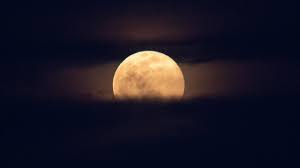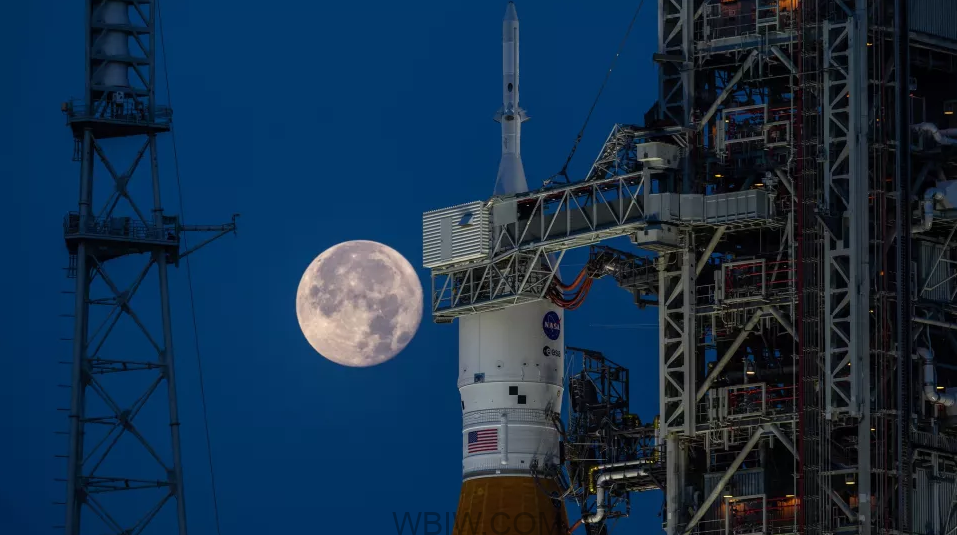
July’s full moon will once again be a supermoon, reaching its perigee or closest point to our planet on the night of Wednesday, July 13.

The moon will be relatively close to Earth in its slightly elliptical orbit, making it appear just slightly bigger and brighter than usual. The “Buck Moon” or “Thunder Moon,” will officially reach its peak on July 13, at 2:37 p.m. EDT, and will be visible through the night. While definitions of “supermoon” vary, NASA eclipse watcher Fred Espenak counts July’s full moon as the third of four supermoons in a row.

Since full moons do dominate the night sky and wash out fainter objects, it’s a great time to focus your skywatching efforts on using your eyes, binoculars, or a telescope to examine lunar features. Binoculars or a telescope show off details in craters, mountains, ridges, and other huge features.



